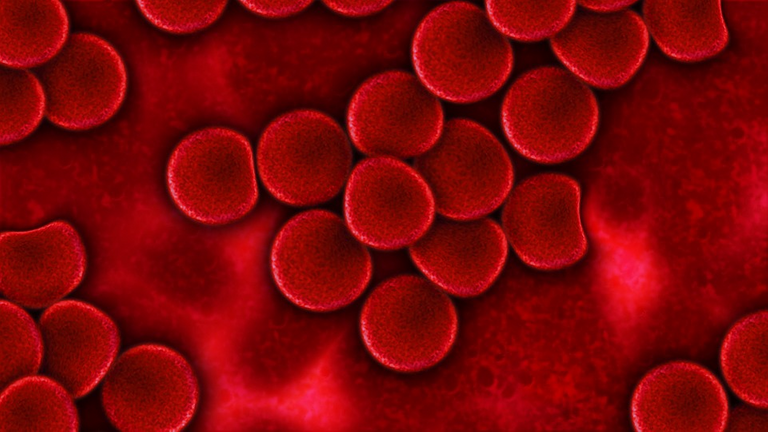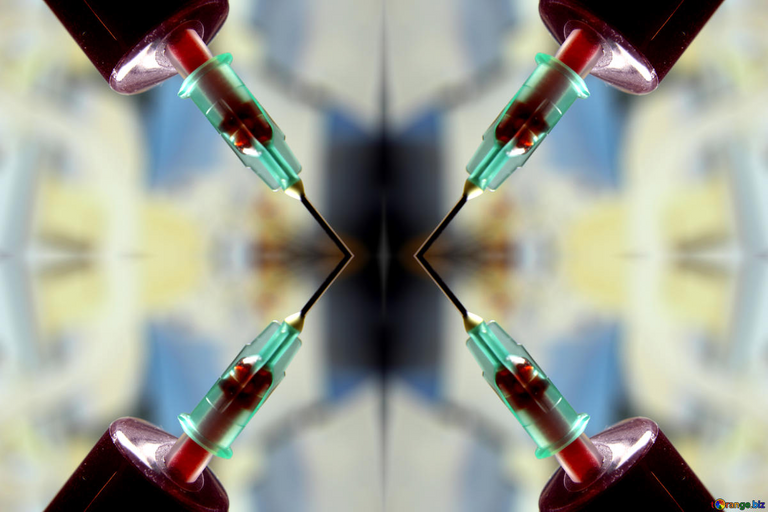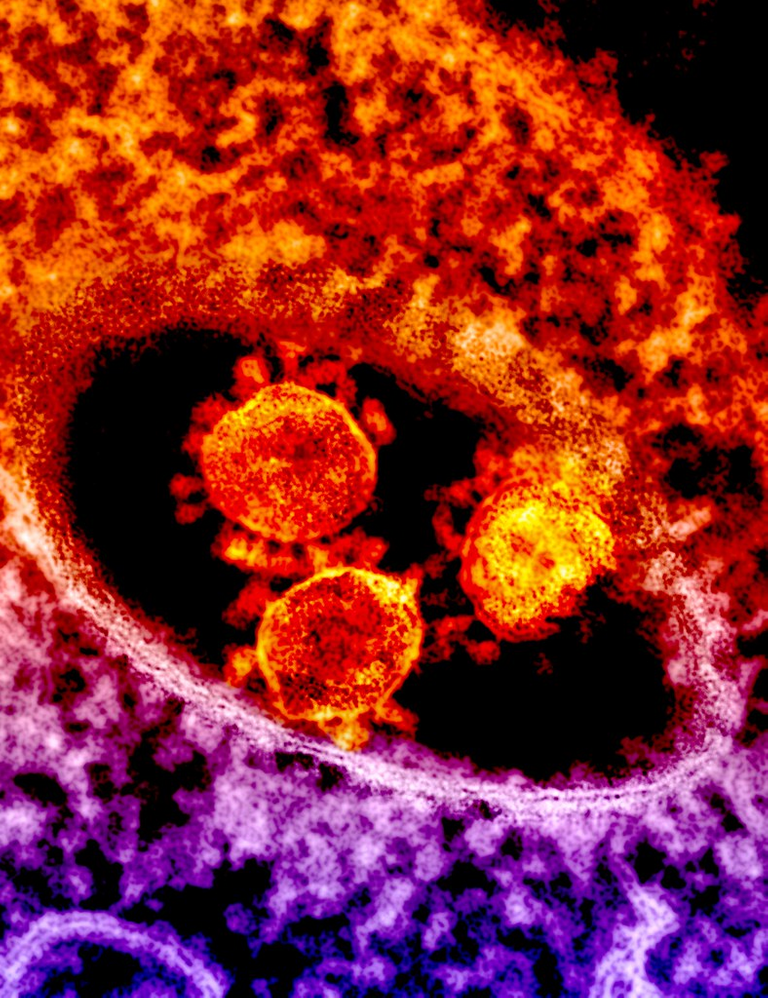Hyperimmune Immunoglobulins in SARS-CoV-2 Treatment

Pixabay License
In Italy, the situation of the Covid-19 emergency is improving.
From today 4 May, Phase 1, with total lockdown, ends and people will be able to exit, even if they will have to respect some important safety rules, such as the mandatory use of masks and social distancing.
Clearly, in these first two weeks, from today until May 18, the situation will be carefully monitored and further decisions will be made on the way. Many actions and behaviors will be entrusted to the common sense of the population and we all hope for a timely assumption of responsibility, in order to avoid the risk of seeing the number of infections increase again.
Meanwhile, the medical-scientific community is continuing its work on the field, both taking care of the people currently hospitalized, and trying to understand what the best therapies may be.
Needless to hide it, many attempts are being made, because this damned virus is really difficult to stop and for this reason, we have heard many possible treatments.
There is a lot of experimentation at the present time and nothing is left unturned.
About this, in the last few hours, I became aware of another possible new treatment, which four hospitals in Northern Italy have been experimenting for some weeks.
It's about using hyperimmune plasma as a support to counteract the ongoing viral attack.
Hyperimmune Immunoglobulins
Hyperimmune immunoglobulins are contained in the plasma of a subject who has developed antibodies against a specific pathogen.The infusion technique supplies the plasma of a donor cured of Sars-CoV-2 infection to a specific category of patients, i.e. those who experience a sudden worsening of their clinical conditions and signs of respiratory failure with the need for assisted ventilation.
At this stage of the disease, and in patients who have just entered ICU, therapy has proven to be effective. On the other hand, it was not very useful in patients intubated for a period longer than 7 days.
However, this is an immunization different from that of a vaccine, in fact this is defined as immunomodulatory therapy.
The vaccine determines an active immunization, thanks to which the organism that receives it's stimulated to produce specific antibodies against a certain disease.
In this case, however, the antibodies have already been produced by another subject and can be transfused in the patient who does not have enough of them, to act as a support with the aim of a faster overcoming of the disease. There is therefore talk of passive immunization.
Clinical studies and trials

Image CC-BY 4.0
The Policlinico San Matteo of Pavia and the hospitals Carlo Poma of Mantua, Maggiore of Lodi and Asst of Cremona have started the infusion of hyperimmune plasma, so far on a total of 50 patients.
The administration protocol provides for infusions of volumes of up to 600 ml of hyperimmune plasma per day, for three consecutive days.
Dr. Massimo Franchini, head of Immunohematology and Transfusion Medicine at the Carlo Poma hospital in Mantua, defined the first results as surprising, declaring evident improvements in the patient's condition, even in the most critical situations, already after 1-2 days from beginning of therapy.
Meanwhile, Dr. Michael Joyner, anesthesiologist and physiologist at the Mayo Clinic in Rochester, Minnesota began the treatment, assisted by two hospitals in New York, Mount Sinai and Albert Einstein College of Medicine.
An experiment is also underway in Canada involving 1,000 patients from across the country and 40 hospitals. The clinical study is supervised by Dr. Donald Arnold, a hematologist from McMaster University.
All the doctors report that patients treated with hyperimmune plasma have shown significant progress and that the earlier the transfusion is, the better the outcome of the therapy.
In addition, none of the patients involved in the study had adverse treatment reactions.
Use in other pathologies
The transfusion therapy of the liquid component of the blood in which the corpuscular elements (red blood cells, white blood cells and platelets) are suspended, is known as plasma therapy and was certainly not invented today.
Indeed, as explained by Dr. Giustina De Silvestro, director of the U.O. Immunotransfusion at the Department of Transfusion Medicine of the University of Padua Hospital, is used for the treatment of other infections.
Among these, West-Nile virus and Ebola cases, but also on patients suffering from respiratory failure linked to SARS-CoV and MERS-CoV infection.
Furthermore, in the pediatric Onco-hematology department, doctors observed that children undergoing strong cycles of therapy, being immunocompromised, were more exposed to contracting diseases, such as chickenpox, which risked causing serious interstitial pneumonia, similar to those that they develop in patients with COVID-19.
Therefore, in the absence of other therapies, the infusion of plasma from donors who had contracted chickenpox had been used with satisfactory results.
Risks and disputes
The new treatment hypothesis has opened many discussions in the scientific and mediatic world, finding supporters, but also detractors and critics.
In the last few hours, there has been a verbal clash via social media between one of the proponents of the clinical study, Dr. Giuseppe De Donno (primary at the Pneumology Department of the Carlo Poma Hospital in Mantua) and Dr. Roberto Burioni, one of the best known Italian virologists.
Burioni, who manages the YouTube MedicalFacts channel, while acknowledging the scientific validity of the study in progress, expressed his doubts about the wide-spectrum use of therapy, considering it only as an emergency solution. In addition, he expressed doubts about the risks to the recipients and the safety of the trial for the patients involved.
The response of De Donno was very subtle, who, with regards to risks related to transfusions, wanted to underline how the Institutes are carrying out the neutralization tests and implementing all the plasma control methods, thanks also to the support of AVIS (Association of Italian Blood Volunteers).
The researchers then specified that they will adhere to a clinical study protocol, starting from a position paper that outlines the guidelines for the production of hyperimmune plasma.
The trial was approved by the provincial Ethics Committee and the National Blood Center, which represents the Transfusion Medicine of the Istituto Superiore di Sanità.
Donor plasma is screened for viruses such as HIV, hepatitis B and C, syphilis and, in some periods, even West-Nile.
In addition, it undergoes an inactivation process by adding an interlayer that insinuates itself between the bases of viral RNA.
Subsequently, exposure to ultraviolet rays activates this substance, blocking the replication of viruses.
The method allows to avoid the spread of any other organisms present in the plasma that doctors are not aware of.
Finally, the method chosen for inactivation also blocks other viruses of the Coronavirus family, and is therefore an additional guarantee of elimination of all viral particles.
At the moment, in Lombardy hospitals, men of age diagnosed with Covid-19 tests are being selected, whose recovery is attested by double negative test. Donors have been asymptomatic for at least two weeks and are eligible for blood donation.
Once the availability has been identified and registered, the health personnel submit them to a new swab and to the serological test: steps necessary to confirm that the infection is now behind.
A subject who donates 600 ml of hyperimmune plasma makes it possible to extract enough immunoglobulins for the treatment of two patients.
Can this treatment represent a temporary solution pending the outcome of the trials of the other drugs and, above all, of a vaccine against SARS-CoV-2?
I really hope so.

Thanks to all of you for reading my article.
If you liked it, share it on your blog and write me a comment with your impressions.
See you soon!
GM
Source
- https://www.fondazioneveronesi.it/magazine/articoli/lesperto-risponde/dal-plasma-dei-guariti-una-possibile-cura-per-covid-19
- https://www.osservatoriomalattierare.it/news/attualita/15985-coronavirus-speranze-dall-approccio-terapeutico-con-plasma-iperimmune
- https://www.theglobeandmail.com/canada/article-canada-begins-clinical-trial-of-experimental-covid-19-treatment-using/
- https://www.scientificamerican.com/article/how-blood-from-coronavirus-survivors-might-save-lives/
- https://www.newnotizie.it/2020/05/03/coronavirus-scontro-burioni-dedonno/
- http://www.emaferesi.it/2020/03/position-paper-sulla-produzione-di-plasma-iperimmune-da-utilizzare-nella-terapia-della-malattia-da-sars-cov2/




Great post! looking forward for results of the experiences using hyperimmune immunoglobulins
Thank you very much for reading and supporting this work ✌️🙏🏼
There will be many solutions, tackling different aspects of COVID-19, including prevention, treatment of the incipient infection, treatment of the critically ill patient, treatment of associated conditions such as renal failure, use of ECMO, CRRT-CVVH, treatment of cytokine storm, etc
Yes, absolutely. You can read in my previous posts...I’ve talked about many of the issues and treatments you mentioned here.
Thank you very much for reading ✌️
Thanks for your contribution to the STEMsocial community. Feel free to join us on discord to get to know the rest of us!
Please consider supporting our funding proposal, approving our witness (@stem.witness) or delegating to the @steemstem account (for some ROI).
Please consider using the STEMsocial app app and including @steemstem as a beneficiary to get a stronger support.